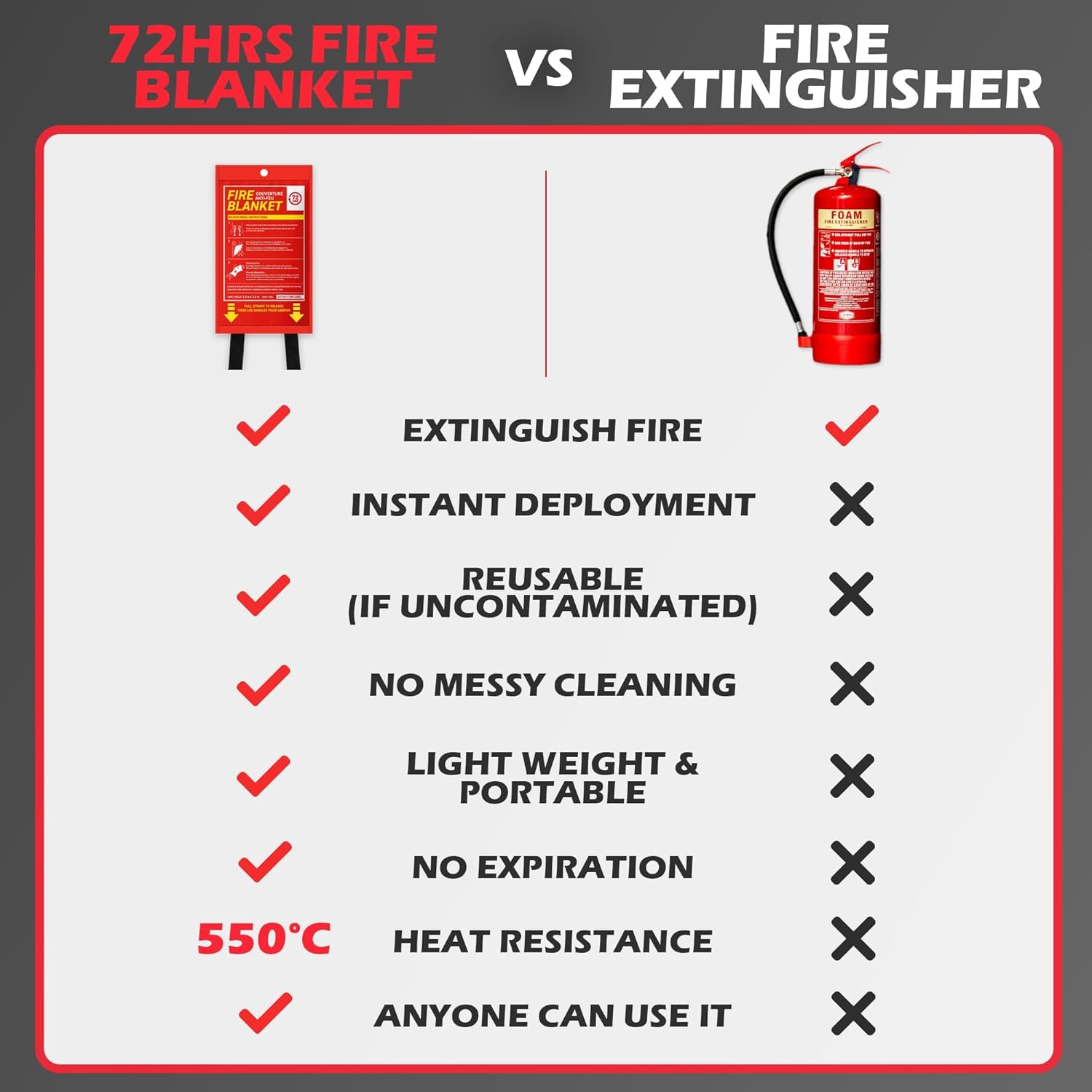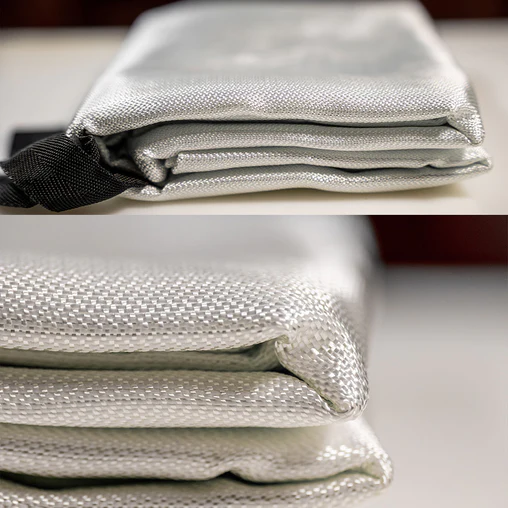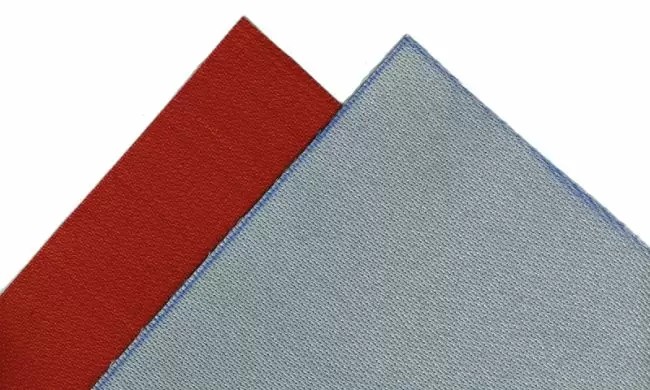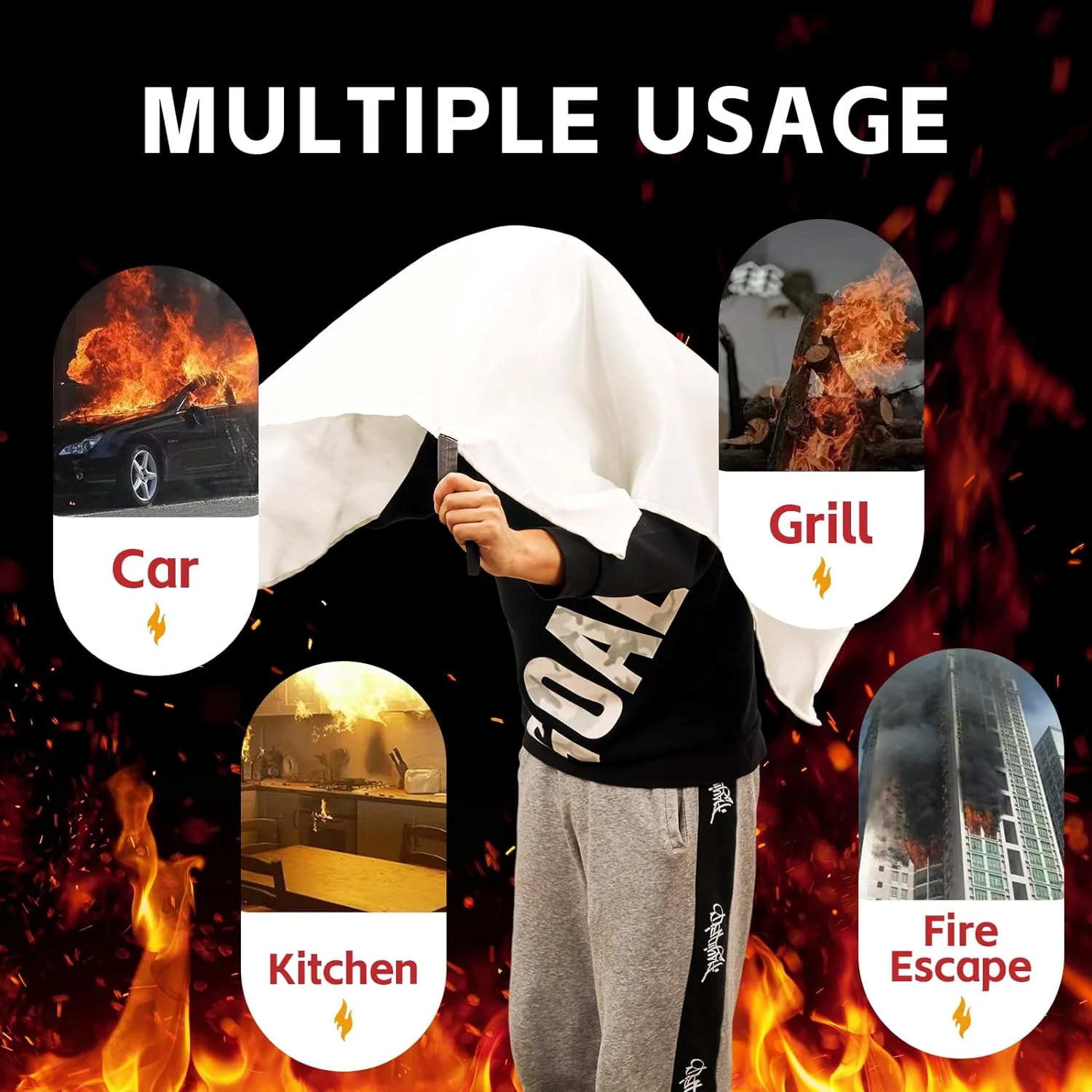Fire Rated Blanket EN 13501: Safety Standards and Applications
This article explains the EN 13501 fire classification standard for fire rated blankets. You'll learn about testing methods, performance levels, and how to choose the right blanket for your safety needs.
Understanding EN 13501 Fire Classification
The EN 13501 standard is the European classification system for construction products' reaction to fire. When you see a fire rated blanket labeled with EN 13501, it means the product has undergone rigorous testing to verify its fire performance characteristics.
Fire rated blankets meeting EN 13501 are tested for:
- Ignitability (how easily the material catches fire)
- Flame spread (how quickly flames travel across the surface)
- Heat release (amount of energy released during burning)
- Smoke production (amount of smoke generated)
- Burning droplets/particles (whether the material drips while burning)
How Fire Rated Blankets Are Tested
To receive EN 13501 certification, fire rated blankets undergo several standardized tests:
The Single Burning Item (SBI) test (EN 13823) evaluates how a product contributes to fire growth. Testers expose the blanket to a controlled flame and measure heat release, smoke production, and flaming droplets.
Small flame tests (EN ISO 11925-2) assess ignitability when exposed to a small direct flame. This shows how the blanket behaves in the early stages of a fire.
Understanding the Classification Codes

EN 13501 classifications for fire rated blankets include letters and numbers indicating performance levels:
- A1/A2: Non-combustible materials (highest rating)
- B: Very limited contribution to fire
- C: Limited contribution to fire
- D: Acceptable contribution to fire
- E: Meets minimum requirements
- F: No performance determined
Additional suffixes indicate smoke production (s1, s2, s3) and droplet formation (d0, d1, d2). For example, a fire rated blanket rated B-s1,d0 offers excellent fire resistance with minimal smoke and no droplets.
Choosing the Right Fire Rated Blanket
When selecting a fire rated blanket with EN 13501 certification, consider these factors:
- Application: Industrial, commercial, or residential use?
- Fire risk level: What types of fires might occur?
- Size requirements: What area needs protection?
- Durability: Will the blanket face frequent use?
- Installation method: Wall-mounted, ceiling-mounted, or portable?
For high-risk environments like welding areas or industrial kitchens, look for blankets rated A2 or B with s1,d0 classifications. For general home use, C or D rated blankets may be sufficient.
Proper Use and Maintenance
To ensure your EN 13501 certified fire rated blanket remains effective:
- Store it in an easily accessible location
- Keep it clean and free from oil or grease buildup
- Inspect regularly for damage or wear
- Replace if the blanket shows signs of deterioration
- Follow manufacturer's instructions for deployment
Remember that even the best fire rated blanket has limitations. It's designed for small, contained fires - not for large or spreading fires where professional firefighting is needed.
Benefits of EN 13501 Certified Blankets
Choosing a fire rated blanket with EN 13501 certification gives you several advantages:
- Verified performance through standardized testing
- Clear classification system for comparison
- Compliance with European safety regulations
- Reliable protection when properly used
- Potential insurance benefits (some providers offer discounts)
By understanding the EN 13501 standard, you can make informed decisions about fire protection for your home or workplace. Always look for the certification mark when purchasing fire rated blankets to ensure you're getting properly tested equipment.






